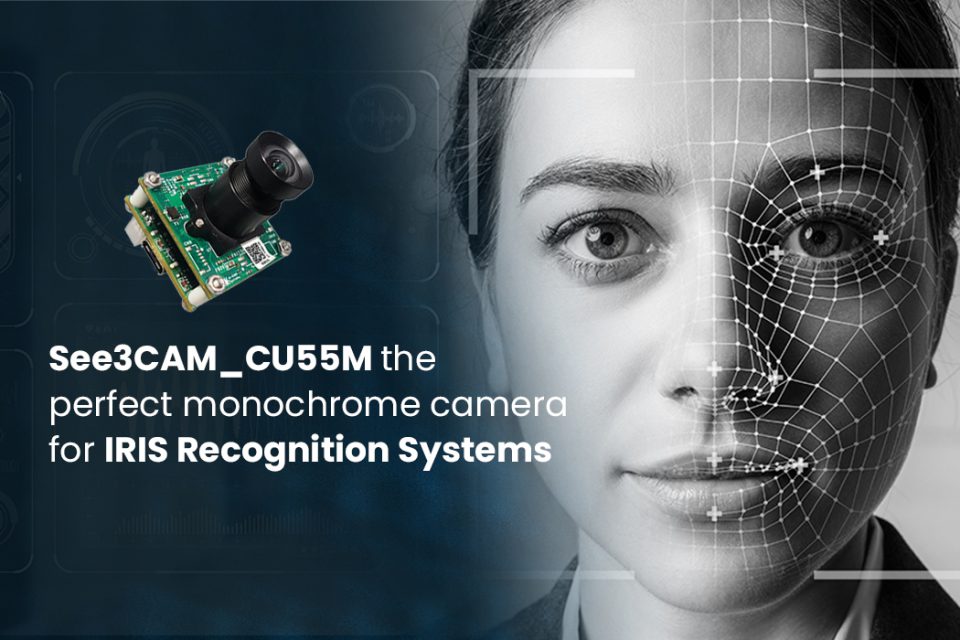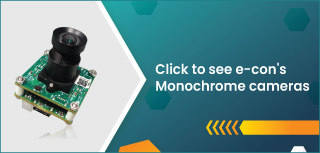Iris recognition technology has witnessed a significant uptick in adoption over the past few years. It can be attributed to the growth in demand for multi-factor authentication protocols, considering the increased rate of frauds and security breaches across industries. From government and banks to airports and hospitals, biometric access control systems leverage iris recognition features to protect properties and secure lives in high-risk environments.
Basically, these systems analyze the distinctive physical attributes of a person to establish and authenticate their identity. And one of the reasons why iris recognition has become a highly robust technology is because the human iris has remained unchanged!
In fact, many tout it to be more trustworthy than fingerprint scanners. Such biometric access control systems are also non-intrusive and can be effortlessly used for crucial processes related to healthcare, border control, immigration, e-payments, and more. They are also extremely resistant to potential false matches.
This surge in the need for iris recognition systems has also led to an increase in demand for cameras used in these. And one of the most popular types of embedded cameras used in such a system is a monochrome camera. In this article, we look at how e-con Systems’ See3CAM_CU55M – 5MP monochrome USB NIR camera – is the perfect fit for iris recognition systems.
How do iris recognition systems work?
A typical iris recognition system harnesses a biometric approach to identifying and authenticating people based on unique iris patterns. Since every person has a unique iris, these systems can quickly verify their identity by running the image through a large database. Using infrared cameras also means that these systems can operate during night-time conditions or in low-light surroundings.
Let’s look at the steps involved in iris recognition:
- Image acquisition – A camera captures a person’s left or right iris (sometimes both).
- Image enhancement – The captured image of the iris is processed and enhanced to reduce the effect of pupil constrain or dilate.
- Biometric template generation -A biometric template is created from the iris pattern and later compared with an individual’s iris for identification and authentication.
- Pattern recognition and identification – The person’s iris is scanned and identified by the system with the help of the created template database.
Image acquisition is the most crucial step involved in iris recognition systems, given the need for speed and accuracy in the process. Hence, a specialized camera is used to capture a person’s iris. The camera focuses on the center of the pupil, the edge of the pupil, and the edge of the iris, as well as the eyelashes – helping create a holistic view.
As you may know, the level of authenticity in recognition depends upon the image quality and sharpness. This calls for iris recognition systems to opt for a monochrome camera – equipped with the right features to ensure high-quality and high-resolution imaging.
Why monochrome cameras are ideal for iris recognition
The lack of a Color Filter Array (CFA) in monochrome sensors allows a greater number of photons to reach the surface of the sensor, which equates to higher quantum efficiency. In addition, since a monochrome sensor can detect a broader spectrum of light, the camera is capable of delivering high-quality images, even in poor lighting conditions. Now, it is important for monochrome cameras to come equipped with high-resolution capabilities as this is necessary to detect the inner and outer boundaries of the iris.
The size of the individual pixels is also a key requirement as it determines the spatial resolution limit of the sensor. For instance, a camera with a smaller pixel size can enable clinicians to observe finer details of the iris. In the case of monochrome cameras, the image captured does not contain specific color channel information and is reduced threefold. It enables a more efficient way of storing multiple iris templates.
NIR (Near InfraRed) capability is a crucial feature since it facilitates the accurate capture of the texture of dark color irises and specific patterns for better identification. NIR-enabled iris recognition systems can easily detect iris in any challenging environment – irrespective of varying lighting conditions.
See3CAM_CU55M for Iris Recognition Systems
As an OEM Camera Solution Provider, e-con Systems has developed a portfolio of embedded cameras for an array of applications across various industries. One of our most popular products See3CAM_CU55M, is a 5MP monochrome camera that is an ideal solution for iris recognition systems. From our family of USB 3.1 Gen 1 UVC cameras, it is based on the AR0521 and capable of delivering stunning low-noise image quality.
See3CAM_CU55M is backed by 2.2μm x 2.2μm pixel BSI technology, high SNR (Signal to Noise) levels, and NIR responsibility. It can produce high-quality monochrome images in any lighting condition – with the best tonal contrast standards in the marketplace.
To learn more about the features of this 5MP monochrome USB NIR camera, have a look at See3CAM_C55M’s product page.
If you are looking for help in integrating world class cameras into your iris recognition or biometric systems, please write to us at camerasolutions@e-consystems.com.
Other monochrome cameras from e-con Systems
- See3CAM_20CUG: 2MP OV2311 monochrome USB global shutter camera
- e-CAM222_CUMI2311_MOD: 2MP OV2311 monochrome global shutter camera module
- See3CAM_10CUG: 1.3MP monochrome USB global shutter camera
- See3CAM_CU135M: 4K monochrome USB camera

Vinoth Rajagopalan is an embedded vision expert with 15+ years of experience in product engineering management, R&D, and technical consultations. He has been responsible for many success stories in e-con Systems – from pre-sales and product conceptualization to launch and support. Having started his career as a software engineer, he currently leads a world-class team to handle major product development initiatives






